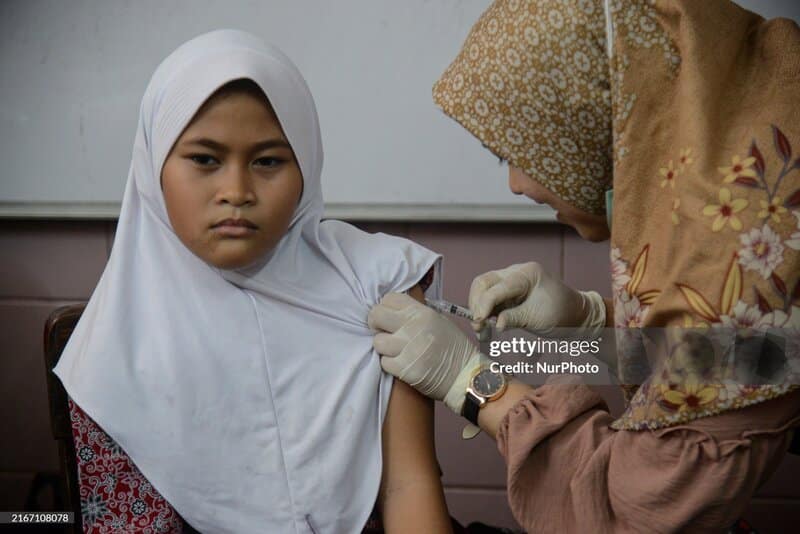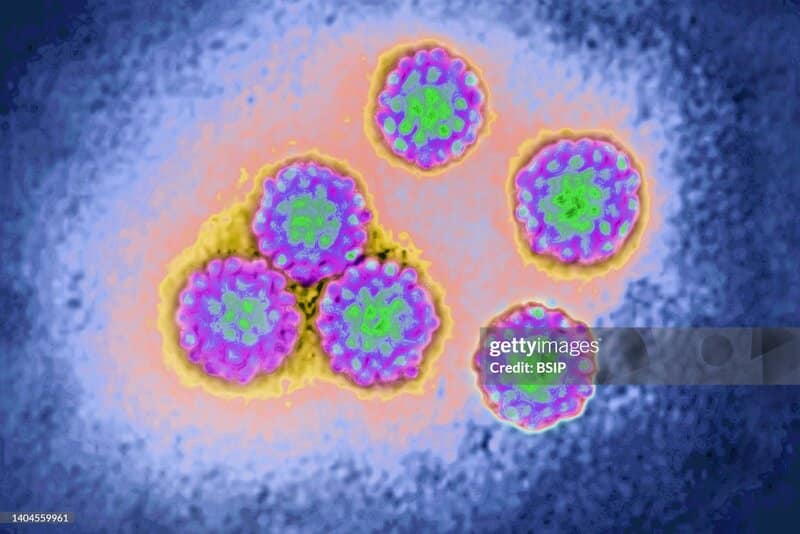Over 30 strains of the Human Papillomavirus (HPV) affect the genitals, causing genital infections. HPV is a widespread sexually transmitted infection. There are over 100 types of the virus, and they affect different body parts. The strains that affect the genitals can cause harm to the anus, rectum, penis, scrotum, vulva, and vagina.
Many cases of genital HPV infections go unnoticed due to a lack of symptoms. However, some strains of genital HPV are dangerous and can cause severe health problems. Hence, knowing the symptoms, risks, and available treatment options is vital to avoid transmitting the disease. Keep reading to find out more.
Human Papillomavirus (HPV)?
HPV is a common viral infection that is transmitted through skin-to-skin contact. Over 100 HPV strains exist, and more than 40 of them are transmitted through oral, anal, or vaginal sex. The Centers for Disease Control and Prevention describes HPV as the most common Sexually Transmitted Infection (STI). Sexually transmitted strains can affect the genitals, mouth, or throat.
HPV strains can generally be classified into two categories: Low-risk and high-risk strains. Low-risk strains can cause genital warts but do not lead to cancer. On the other hand, high-risk strains may eventually cause different types of cancers, including cervical, anal, and throat cancer.
Symptoms of Genital HPV Infections
Detecting genital HPV infections is challenging because many people don’t show symptoms or develop health problems from it. Most high-risk strains can be in an infected person’s body for many years without causing significant changes. According to the CDC, in 9 out of 10 cases, HPV goes away on its own within two years without causing any health issues. However, when it doesn’t go away, genital HPV causes warts and cancer.
Genital Warts
Low-risk HPV strains cause genital warts, which are small bumps or groups of bumps that appear in the genital area. Genital warts may be shaped like cauliflower, raised or flat, or small or large. After appearing in the genital area, these warts may grow in size or number, remain the same, or eventually disappear. They are usually painless but can cause discomfort due to itching or irritation.
Changes in the Cervical Cells
Persons with high-risk genital HPV may experience abnormal changes in their cervical cells. These abnormal changes in cervical cells are also known as cervical dysplasia. Cervical dysplasia usually doesn’t come with symptoms. However, if left undetected and untreated, it can eventually lead to cervical cancer.
Other Cancers Caused by HPV
Cervical cancer is not the only risk for people infected by high-risk HPV strains. These strains can also cause cancerous cells in the vulva, vagina, anus, and throat. These cancers often don’t show symptoms at the initial development phase, making them difficult to detect without screening.
How to Diagnose Genital HPV Infections

HPV infections rarely show symptoms, so there are no tests to determine a person’s “HPV status.” However, some tests can screen for cervical cancer. These tests are only used for screening women aged 30 years and above. Also, it is not recommended for adolescents, men, or women below 30 years to undergo these tests.
People with human papillomavirus usually don’t know they have it unless they develop symptoms like genital warts, which are easily diagnosed visually. If a woman has genital warts, healthcare providers may check for the strain of the virus and its presence in the cervix through a pap smear procedure.
Treatment of Genital HPV Infections
Human papillomavirus has no cure, but its symptoms can be treated and managed to avoid serious complications. Here are some available treatment options:
Genital Warts Treatment
Genital warts are not harmful but can cause discomfort, especially in sensitive areas. Although they eventually disappear on their own after a while, you can treat them using the following options:
- Topical Treatments: You can treat genital warts with prescription creams like Imiquimod or Podofilox. Treatment involves applying the cream directly to the warts to fasten their removal.
- Cryotherapy: This procedure involves using liquid nitrogen to freeze off the warts.
- Surgery: Minor surgical procedures, such as excision or laser therapy, can remove large, persistent, or painful warts.
Although these treatments remove the warts, they don’t eliminate the virus. Hence, genital warts may reappear.
Managing and Treating Cervical Dysplasia and Cancer
A cervix examination or colposcopy may be required if abnormal cervical cells are detected after screening or a pap smear test. The following actions are recommended depending on the severity of the abnormal changes in the cervical cells.
- Watch and Wait: If the dysplasia is mild, the abnormal cervical cells may resolve independently. Therefore, the doctor may advise the patient to monitor the cells regularly to detect any abnormalities.
- Surgery: In cases where the patient experiences more severe abnormal cervical cell changes, a surgical procedure may be required to remove the affected tissue. The methods used for this include a cone biopsy, which prevents the abnormal cell changes from progressing to cancer, and the Loop Electrosurgical Excision Procedure (LEEP).
Cancer Treatment
When genital HPV infections lead to cancer, the type of treatment recommended will depend on the type and stage of the cancer. The treatment options available for cancer caused by human papillomavirus include surgery, chemotherapy, radiation therapy, or a combination of all the treatments.
How to Prevent Genital HPV Infections
Although there is no cure for HPV, you can prevent it by getting vaccinated. According to the CDC, routine vaccination at the age of 11 or 12 is recommended. However, vaccination can be started at age 9. The Advisory Committee on Immunization Practices (ACIP) also recommends vaccination for everyone through age 26 years if they are not adequately vaccinated when younger. However, you must note that vaccination prevents new infections but does not treat existing HPV infections or diseases. The vaccine works best when given before any exposure to the virus.
Besides vaccination, other preventive measures for human papillomavirus include regular screening to detect abnormal cell changes and practicing safe sex. Wearing condoms during sex and keeping to one sexual partner reduce the risk of getting infected.
Conclusion
Genital HPV infections are common but rarely show symptoms. However, when these symptoms appear, diagnosing and treating them early reduces the risk of complications. You can prevent getting infected by getting vaccinated, practicing safe sex, and keeping to one sexual partner. These practices checkmate the spread of the human papillomavirus and ensure you stay healthy.




